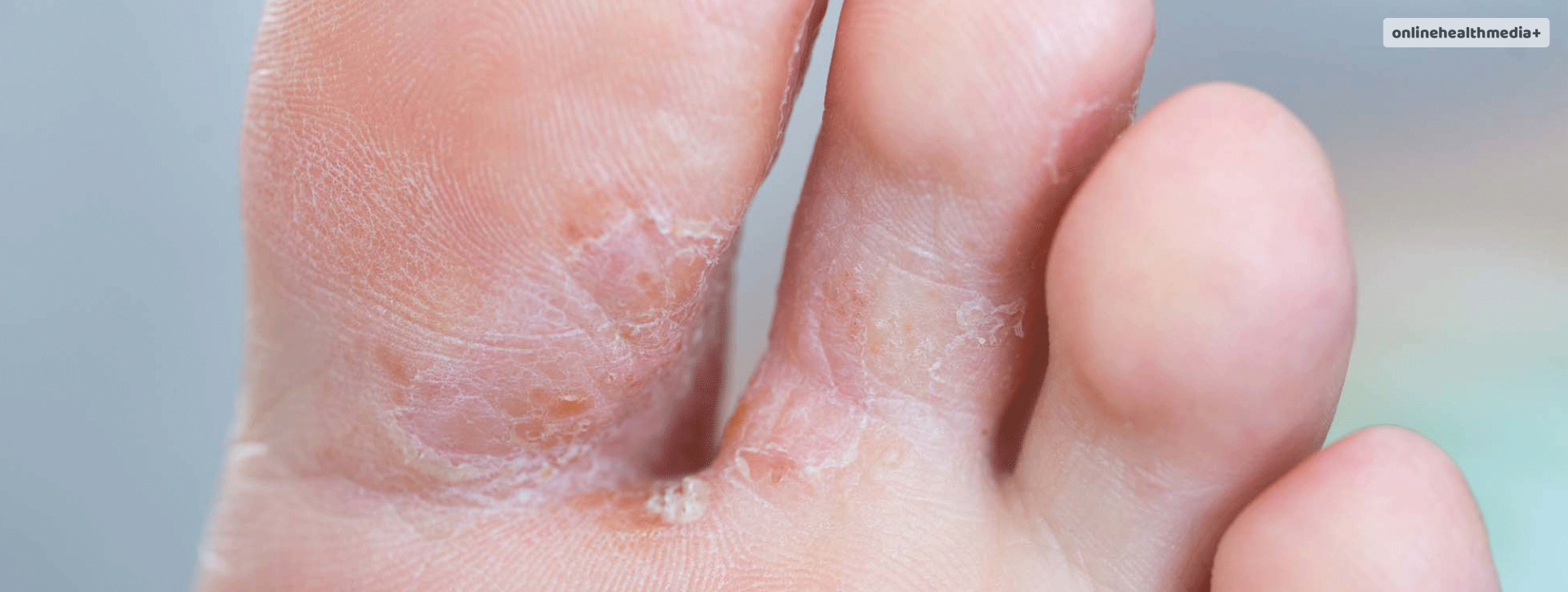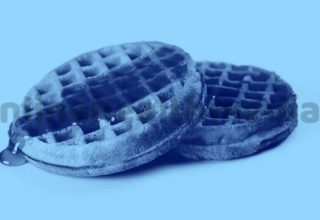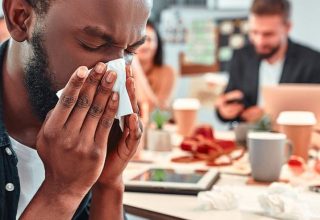Stuck With Athelete’s Foot? Here Are The Top 3 Ways You Can Treat This!
Athlete’s foot, also known as tinea pedis, is a common fungal infection affecting the skin on the feet. This condition, caused by various fungi, usually manifests as redness, itching, and cracking of the skin.
It thrives in warm, damp environments, making feet, particularly between the toes, an ideal breeding ground.
In this article, we’ll explore the causes, symptoms, and various treatment options, including athlete’s foot treatment, athlete foot cream, how to treat athlete’s foot, home remedies for athlete foot, and the best treatment for athlete’s foot.
Contents
Causes of Athlete’s Foot
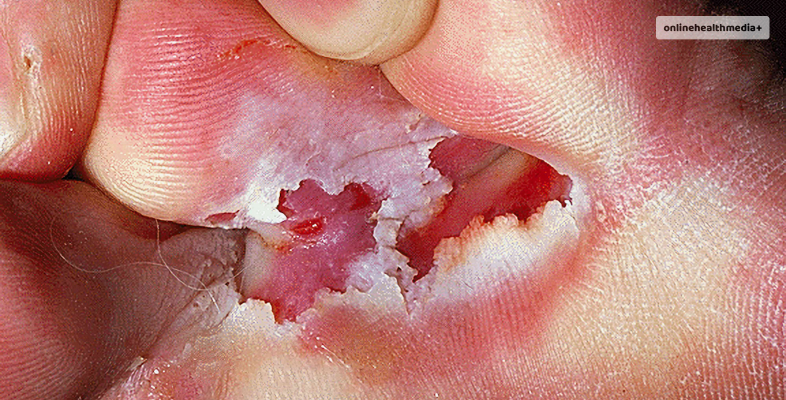
Athlete’s foot is primarily caused by fungi from the Trichophyton genus, which thrive in warm and moist environments.
Common sources of infection include
- public showers,
- swimming pools,
- changing rooms.
Fungi can also be transmitted through
- contaminated socks,
- shoes, or
- direct contact with an infected person.
Individuals with weakened immune systems or certain preexisting conditions may be more susceptible to athlete’s foot.
Symptoms of Athlete’s Foot
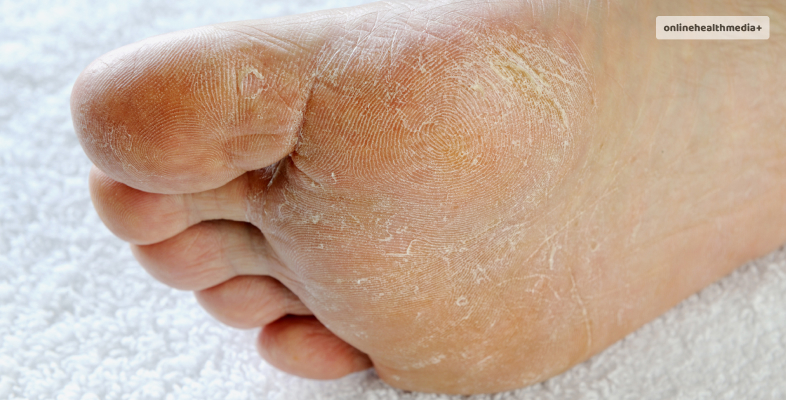
Identifying an athlete’s foot involves recognizing its characteristic symptoms:
1. Itching and Burning: Persistent itching and burning sensations, especially between the toes, are early signs of athlete’s foot.
2. Redness and Scaling: The affected skin may become red, inflamed, and scaly. In severe cases, blisters and sores may develop.
3. Cracking and Peeling: The skin may crack, peel, or flake, exposing raw, tender areas.
4. Blisters: Fluid-filled blisters may form, leading to additional discomfort.
5. Odor: Fungal infections can contribute to unpleasant foot odor.
Treatment Options for Athlete’s Foot
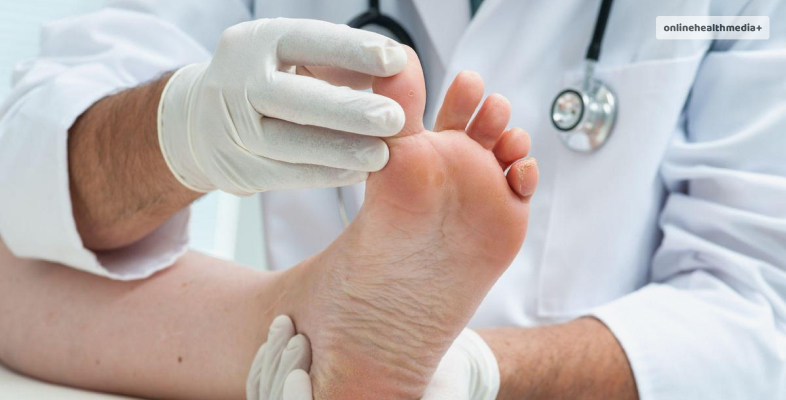
Effective athlete’s foot treatment involves antifungal medications. over-the-counter (OTC) creams, sprays, or powders with ingredients like clotrimazole, miconazole, or terbinafine are commonly used. These medications help eliminate the fungi causing the infection.
Effectively treating athlete’s foot involves a combination of antifungal medications, proper foot hygiene, and lifestyle adjustments. Let’s explore various treatment options:
1. Over-the-Counter (OTC) Antifungal Medications
Many cases of athlete’s foot respond well to OTC antifungal creams, ointments, or powders. These products usually contain active ingredients like clotrimazole, miconazole, or terbinafine.
It’s essential to follow the instructions provided and continue the treatment for the recommended duration, even if symptoms improve.
2. Prescription Medications
For severe or persistent cases, prescription-strength antifungal medications may be necessary. These can include oral medications or stronger topical treatments.
Consultation with a healthcare professional is crucial to determine the most suitable prescription based on the specific condition.
3. Lifestyle Adjustments
Preventing the recurrence of athlete foot involves incorporating healthy foot habits into your daily routine:
– Keep Feet Dry: Moisture provides an ideal environment for fungal growth. Ensure your feet are thoroughly dry, especially between the toes, after bathing or swimming.
– Choose Breathable Footwear: Opt for shoes made of breathable materials like leather, and avoid tight or non-breathable footwear.
– Rotate Shoes: Give your shoes time to air out by rotating them, and consider using antifungal powders inside your shoes.
– Avoid Walking Barefoot: Steer clear of communal showers and locker rooms without wearing protective footwear.
Athletes Foot Cream
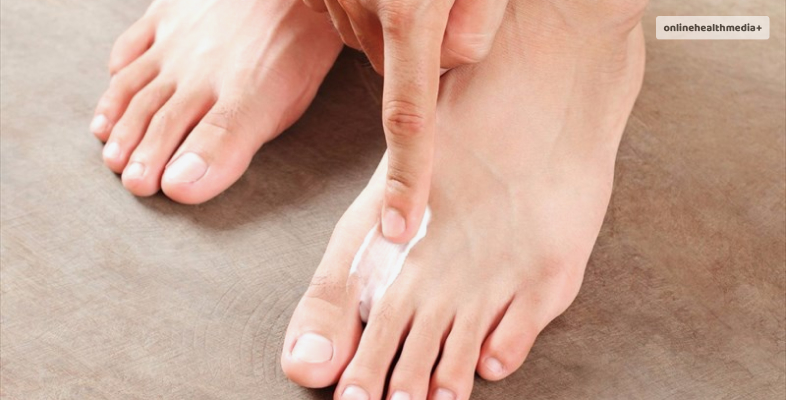
Athlete foot creams are a popular choice for treatment. These antifungal creams are designed to be applied directly to the affected areas, providing targeted relief. Consistent and thorough application, as directed, is crucial for successful treatment.
How to Treat Athlete’s Foot
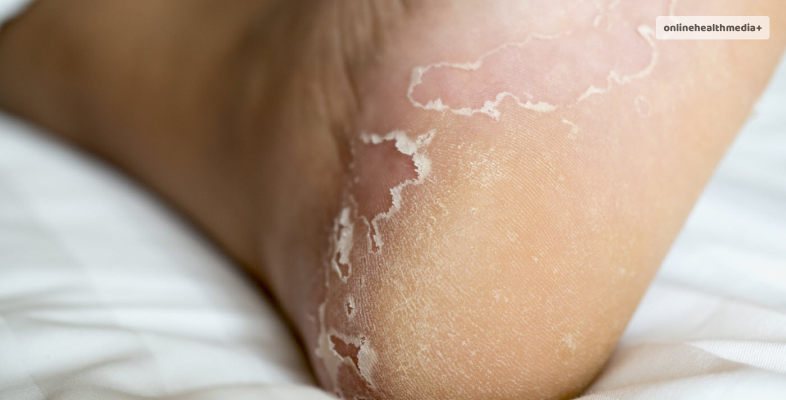
1. Maintain Foot Hygiene: Keep your feet clean and dry. Wash them daily with soap and water, ensuring you dry thoroughly, especially between the toes.
2. Choose Breathable Footwear: Opt for well-ventilated shoes made from breathable materials to prevent moisture buildup.
3. Change Socks Regularly: Use moisture-wicking socks and change them regularly, particularly if your feet tend to sweat.
4. Avoid Walking Barefoot: In public areas like swimming pools or locker rooms, wear flip-flops or sandals to minimize direct contact with contaminated surfaces.
Home Remedies for Athlete’s Foot
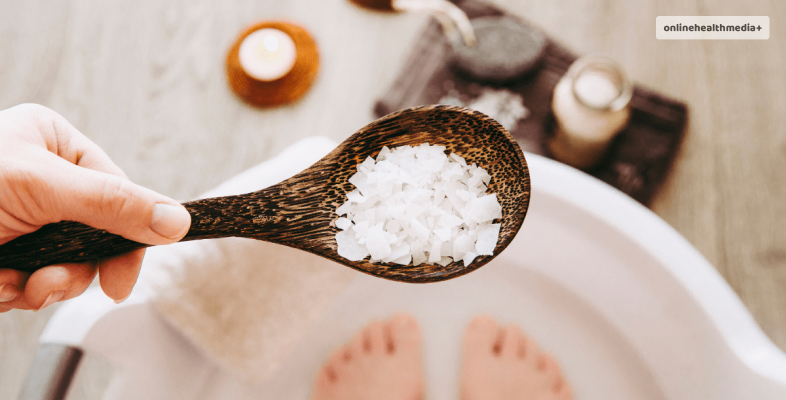
In addition to medical treatments, several home remedies may help alleviate symptoms:
1. Tea Tree Oil: Known for its antifungal properties, tea tree oil can be applied topically. Dilute it with a carrier oil before use.
2. Apple Cider Vinegar Soak: A foot soak with diluted apple cider vinegar may help create an inhospitable environment for fungi.
3. Garlic: Crushed garlic contains allicin, a natural antifungal compound. Applying crushed garlic to the affected area may provide relief.
Seeking Professional Guidance
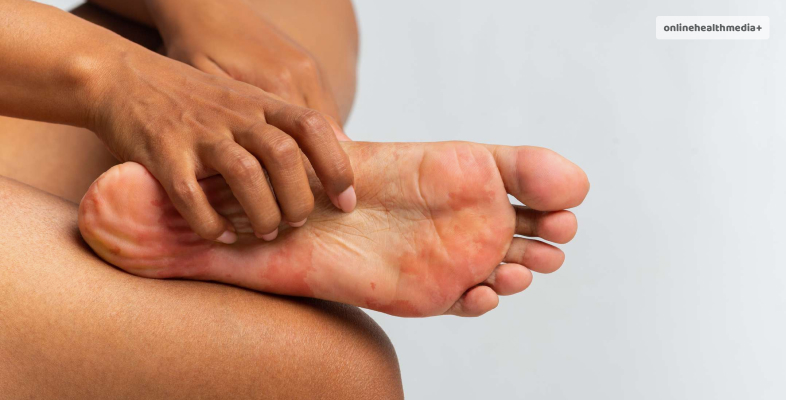
If your athlete’s foot doesn’t respond to OTC treatments or home remedies, or if it worsens over time, seeking professional medical advice is paramount.
A healthcare provider, typically a dermatologist or podiatrist, can accurately diagnose the condition and recommend appropriate treatments.
Best Treatment for Athlete’s Foot
The best treatment for athlete foot varies from person to person. Persistent or severe cases may require prescription-strength antifungal medications, and consultation with a healthcare professional is recommended. They can assess the severity of the infection and prescribe appropriate medications.
Conclusion
Athlete foot, while common, can be effectively treated with the right approach. Prompt attention to symptoms, good foot hygiene, and proper use of antifungal treatments, including athlete’s foot cream, can contribute to a speedy recovery.
Additionally, incorporating preventive measures, such as choosing breathable footwear and practicing good foot care, can help minimize the risk of recurrence.
If symptoms persist or worsen, seeking guidance from a healthcare professional is essential for tailored advice and potential prescription treatments.
Also read
- Top Electric Toothbrush For Kids.
- Compelling Reasons To Incorporate Shilajit Into Your Diet.
- Hepatitis A Resurgence Sparks Concern Among Vulnerable Populations.
